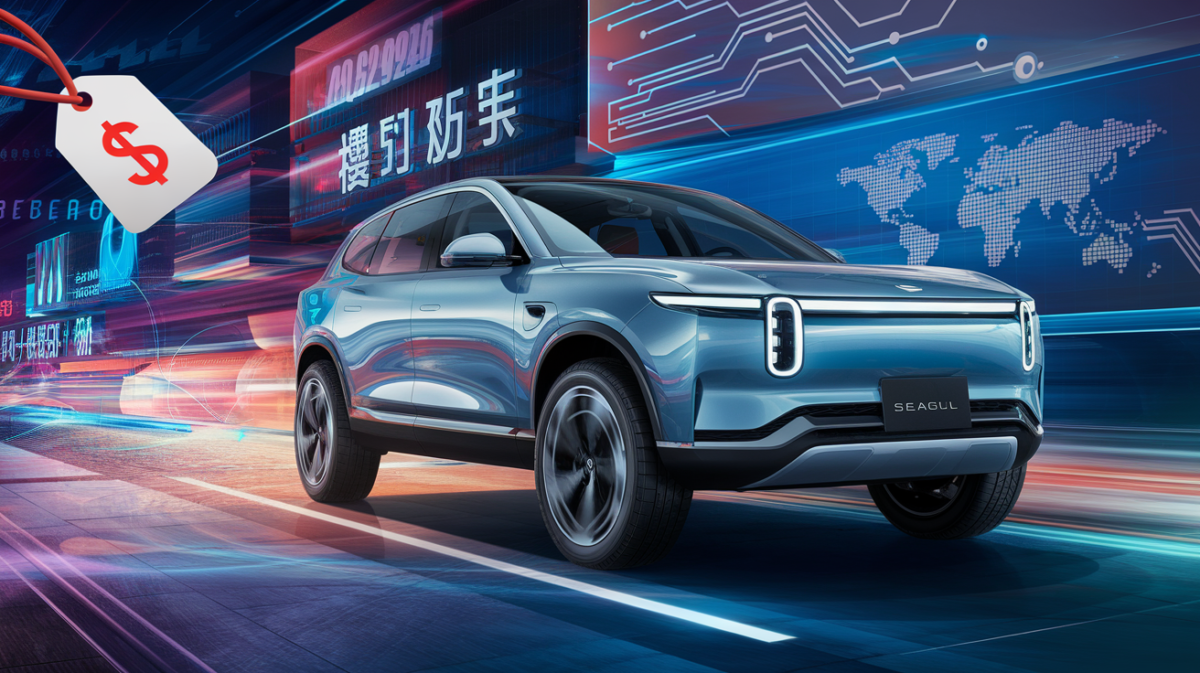The rise of Chinese electric vehicles (EVs) has sent shockwaves through the global automotive industry. With models like the BYD Seagull priced as low as $10,000, these cars are not just affordable—they’re redefining what consumers expect from budget-friendly EVs. But as their popularity grows, so do questions about the broader implications of their market dominance.
Why Are Chinese EVs So Cheap?
Chinese automakers have cracked the code on affordability without sacrificing quality. Here’s how they’re doing it:
- Economies of Scale: China’s massive production capacity allows manufacturers to cut costs significantly.
- Government Subsidies: Heavy state support for EV development keeps prices low.
- Local Supply Chains: Access to abundant raw materials, like lithium for batteries, reduces dependency on imports.
For example, the BYD Seagull, priced at around $9,600 in China, outsold all other vehicles—including gasoline models—in November 2024. Similarly, the Chery QQ Ice Cream, at just $4,655, is one of the cheapest EVs on the market.
Global Expansion: Opportunity or Threat?
Chinese EVs aren’t just dominating at home—they’re making waves internationally. Companies like BYD are aggressively expanding into Europe, where their low prices are both an attraction and a concern for local manufacturers.
The European Union has even considered imposing tariffs on Chinese EVs, fearing they could undercut domestic industries. Meanwhile, in Southeast Asia, Chinese EVs are gaining traction due to their affordability and advanced features.
Quality vs. Affordability: Can You Have Both?
One of the biggest surprises about Chinese EVs is their quality. Despite their low price tags, many models rival more expensive competitors in terms of technology and performance.
| Feature | BYD Seagull | Tesla Model 3 |
|---|---|---|
| Price | $9,600 | $40,000+ |
| Range | 250 miles | 270 miles |
| Autonomous Features | Basic ADAS | Full Self-Driving (FSD) |
While the BYD Seagull lacks the premium feel of a Tesla, it offers impressive value for its price. Chinese automakers are also leading the charge in integrating advanced autonomous driving features, making their cars appealing to tech-savvy buyers.
Consumer Reactions: Excitement and Skepticism
The reception to Chinese EVs has been mixed. On platforms like Reddit and YouTube, some consumers praise the affordability and features, while others worry about long-term reliability and after-sales service. Geopolitical tensions also play a role, with some buyers hesitant to support Chinese manufacturers.
The Bigger Picture: What’s Next?
Chinese EVs are here to stay, and their influence is only growing. As they expand into new markets, they’ll continue to challenge traditional automakers and reshape consumer expectations. But with this growth comes scrutiny—over trade policies, industry competition, and the ethical implications of supporting China’s EV boom.
For now, one thing is clear: the era of affordable, high-quality electric cars is no longer a distant dream. It’s already here, and it’s being led by China.







